Calculating the volume of concrete mix for a shelf or support
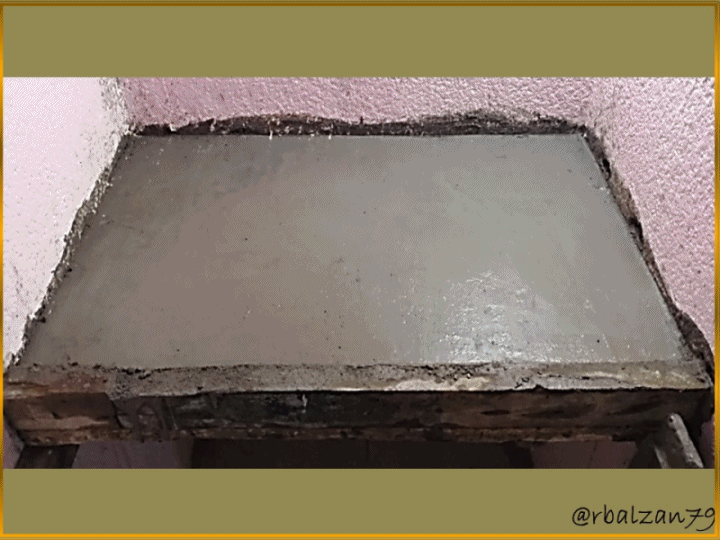
One of the most important benefits that we have offered to ourselves as humanity, is the construction of houses or elements belonging to the same and, this, using different materials, either wood, concrete and plastic, with modernity everything has advanced a lot and the construction of houses or buildings are becoming lighter and more resistant, however, this time I want to share a small practical experience, where, through the implementation of some mathematical formulas can be as accurate as possible when calculating the volume occupied by certain space, according to the need posed.
Exercise
It is required to build a small concrete shelf, shelf or support inside a small closet of a preschool classroom, the measures of this shelf are; 5.5 cm high, 85.5 cm long and 46 cm wide, these measures provide us the volume of concrete mix required, therefore, it is important to find a container that allows us to perform such volumetric calculation and this will be our challenge, to answer the following questions:
a.- What will be the volume of concrete mix required?
b.- In relation to the selected vessel, what would be the minimum height of the vessel to meet the desired requirement?
Solution
Data:
h = 5,5 cm o 0,055 m (Height of concrete ledge or support).
L = 85,5 cm o 0,855 m (Length of concrete ledge or support).
A = 46 cm o 0,46 m (Width of concrete ledge or support).
V = ? (Volume of concrete mix required).
hmin = ? (Minimum height of the selected container).
In order to better visualize the proposed calculation, let's observe some materials to be implemented in the following figure 1.
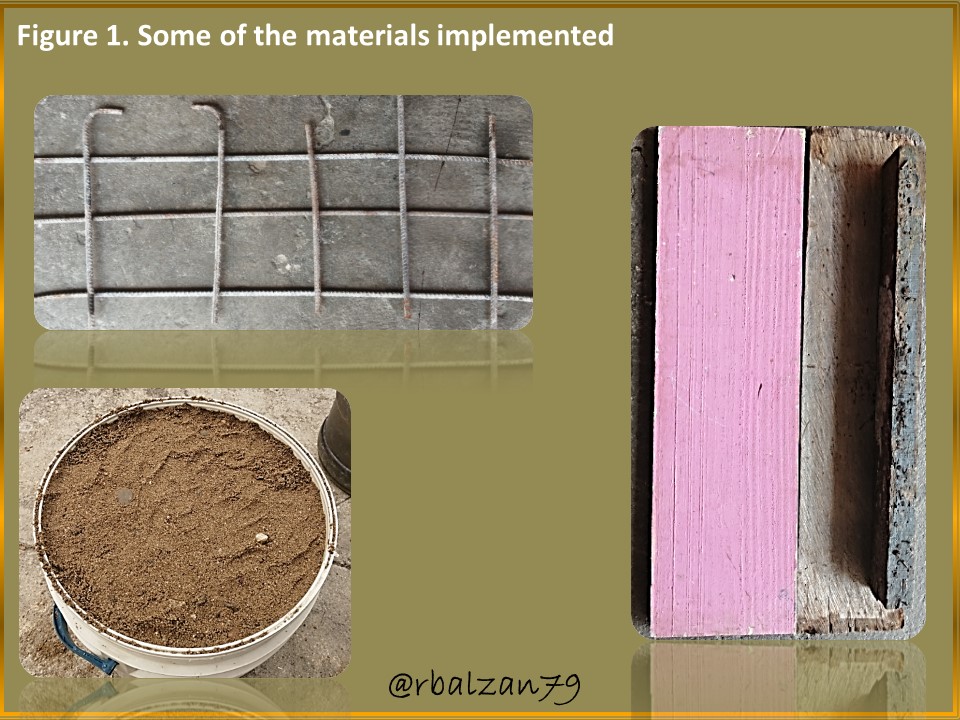
a.- To answer our first question, let's visualize our formula 1:
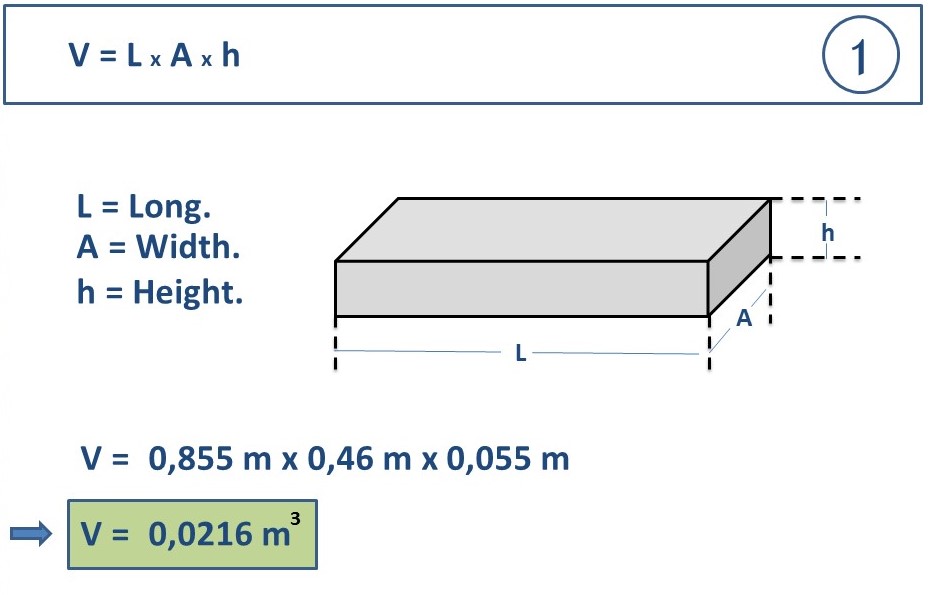
In this way we can calculate the volume required for the realization of the concrete shelf or support proposed, now I have visualized a possible cylindrical container to calculate as accurately as possible the amount of materials to be mixed, first of all, let's know the following formula 2.
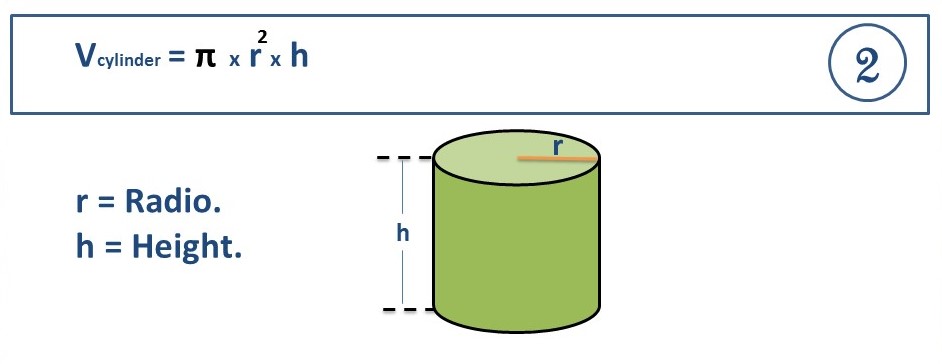
b.- With the previous formula 2, I proceeded to clear the height (h), with the purpose of knowing if the selected vessel could fulfill the proposed task, therefore, we have the following formulation:

With the above formula 3, we substitute the values we already know, i.e. Volume required (0.0216 cubic meters), π = 3.1416, radius = 14 cm or 0.14 m, the value of the radius was obtained from the selected container, therefore, with these values we proceed to perform the following calculation:
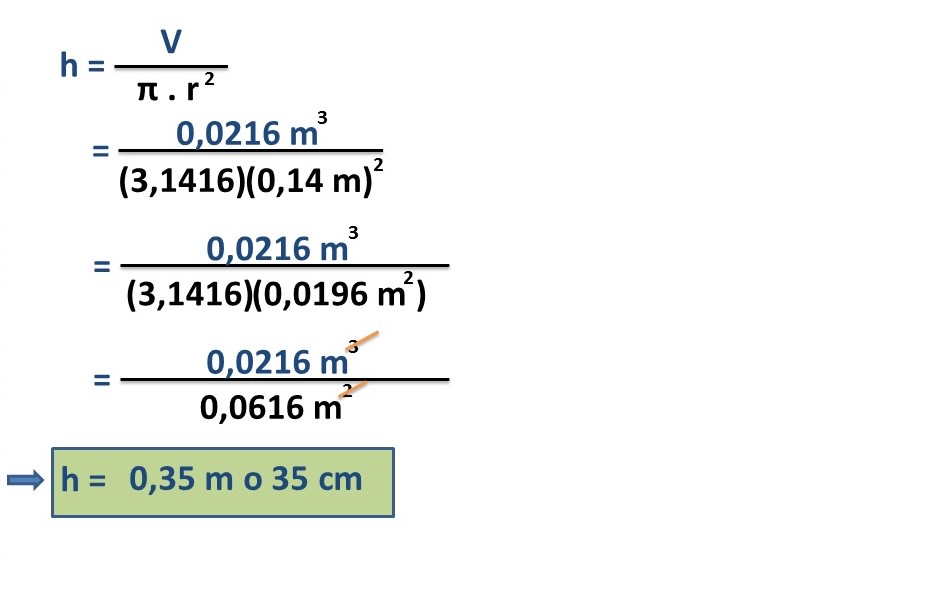
This must be the minimum value of the height (h = 35 cm) of our container so that it can meet the proposed requirement, i.e., be able to contain a volume of 0.0216 cubic meters and, in this way, be able to build the requested shelf or support without wasting concrete mix, or wasting the minimum amount possible.
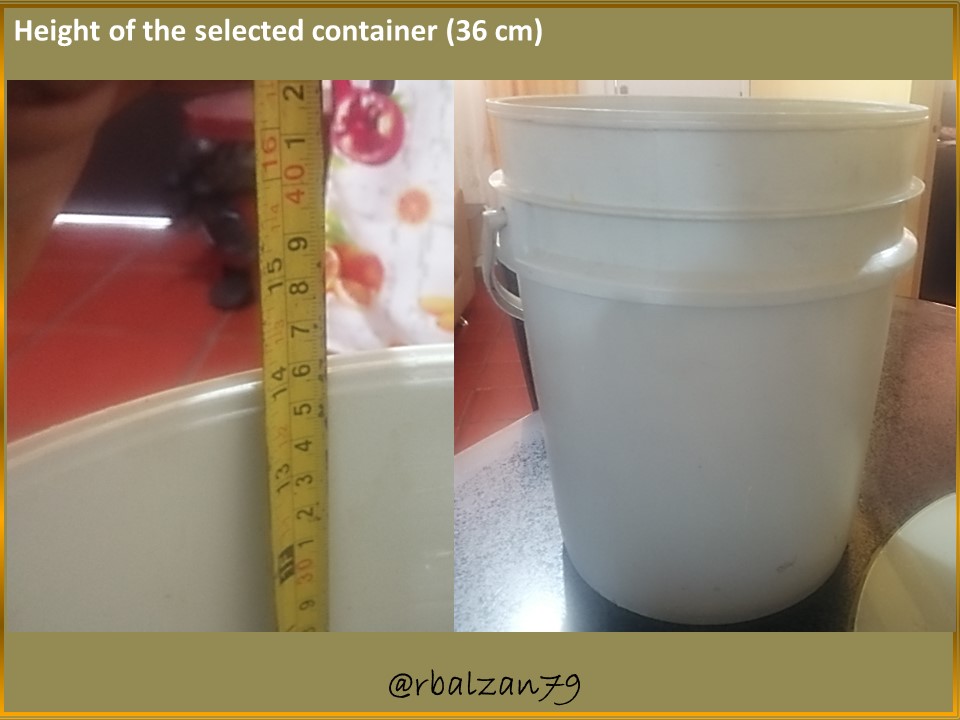
In our case, as you can see, this container has a height of 36 cm, that is, we can implement it in what we are considering, therefore, we continue to verify that through the various mathematical formulations we can perform any type of calculation that we require in certain activity, usually, many people perform this type of work in an empirical way and, in many occasions they use their experience to make the amount of concrete mixture to make, however, this can bring delay to certain work since it can come to lack concrete mixture and, with it, they have to make this mixture (sand, cement and water).
Conclusion
It is important to be able to share this type of applications of these mathematical formulas and that people can realize how it is not difficult to use them, on the contrary, through these formulas we can be more accurate and reduce time and thus cost in every way, there are so many activities like these that people do every day and we can notice how sometimes they have to perform this type of mixtures several times, even wasting a lot of this type of material by not performing the calculations related to this activity.
With our practical example, it is only one example of many that we can solve daily in the best possible way, the formulas are already structured, we only have to apply them, in our case we were able to obtain a very accurate amount of mixture, despite doing everything manually, leaving only a small remainder of 0.00015 m3, that is to say, 0.7% below 1%, this depends on the best way to obtain the dimensions of the body to be made, and also on the decimals to be taken into account in the calculation, in this case, of the concrete shelf or support, the truth is that, we managed to highlight the important work of science in any area of our lives.
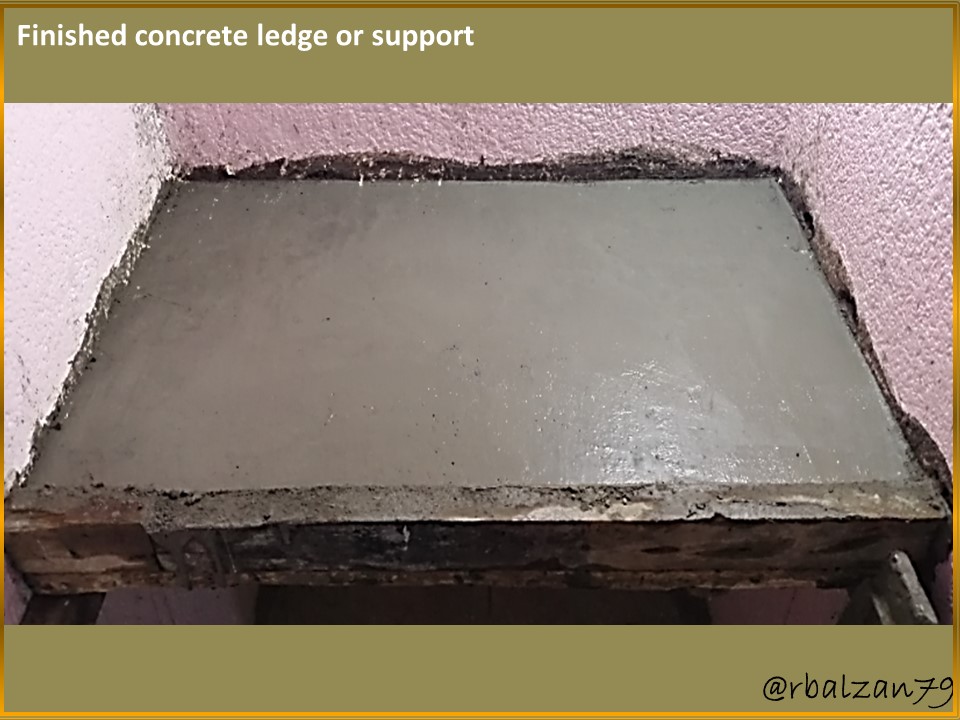
Until another opportunity my dear friends.
Note: The images are property of the author and edited using Power Point and Paint, the animated gif was originated with PhotoScape.
Recommended Bibliographic References
[1] Volume of a Cylinder. Link.
Thanks for your contribution to the STEMsocial community. Feel free to join us on discord to get to know the rest of us!
Please consider delegating to the @stemsocial account (85% of the curation rewards are returned).
You may also include @stemsocial as a beneficiary of the rewards of this post to get a stronger support.
from my perspective it should be 5:1